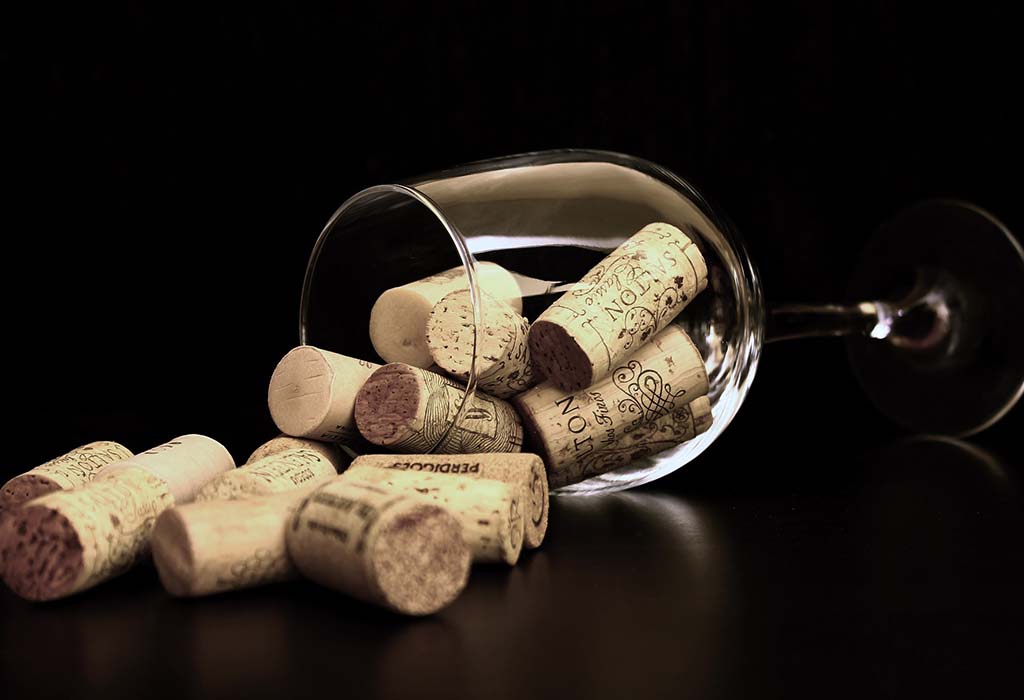The chemistry of wine: Part 3 clarifying and ageing
Imagine opening a wine, pouring yourself a glass, taking a big gulp and, instead of the bold flavours you’d expected on your tongue, you get a mouth full of sediment. Urgh. Luckily, this rarely happens, because winemakers have various methods to clarify or clean the wine either before or after fermentation.
Various sediments naturally develop during the winemaking process. These can include bacteria, dead yeast cells, tannins, pectins, phenolic compounds and parts of the grape—the skins, pulp or stems. While these may not affect the taste of a wine, they can look unappealing to the drinker, and for this reason they’re often removed.
Methods of removal can include filtration, fining, settling and racking in tanks, or barrel maturation, among others.
The two main chemicals used today as fining agents are bentonite and gelatin, though there are many to choose from. These agents attract and bond with the various suspended particles, causing them to settle to the bottom of the tank or barrel. The clear wine is then racked (syphoned) off the top. Other fining agents use absorption—they have sponge-like properties that bind with particles forcing them to settle to the bottom.
Most red wines and some white wines are aged, at least for a short period of time, in oak barrels. The two main types of oak used are French and American.
The barrels do several things—they can introduce more chemical components to the wine, altering or adding to its flavours, and they can also encourage other chemical changes by allowing in small amounts of oxygen. American oak is said to impart stronger vanilla and coconut aromas and flavours, while French oak provides softer, silkier tannins. The way the barrels are made can also make a difference. American oak is sawed, which rips apart the wood cells and releases more of the key aroma contributors—the lactones. French oak is split, which keeps more of the cells intact, thereby lessening this effect.
Charring of the inside of the barrels to aid bending of the planks (staves) can affect the flavour of a wine: lighter charring gives more tannins subtle, toasty aromas, while heavier charring reduces lactones but may also result in a reduction of wine colour.
As wood is a natural fibre, the barrels allow some oxidation to occur as air moves through the wood. The amount of time the wine is left in the barrels will also affect the final product.
Another oak product, the traditional cork, has centuries of history and tradition behind it, but issues with cork taint, a mouldy aroma imparted to wine from faulty corks, has seen alternate methods of securing bottles emerge. These include glass stoppers, crown seal (as for beer bottles), plastic stoppers and the widely used metal screwcap. None of these are affected by the cork taint chemical, trichloroanisole.
Although initially met with resistance from wine drinkers, screwcaps have now been widely accepted as a reliable and effective cap for wine, with a lower failure rate than traditional corks. A definitive 1999 study led by the Australian Wine Research Institute concluded that screwcaps are the best method of securing wine. And, if nothing else, they’re easier (if less fun) to open.






